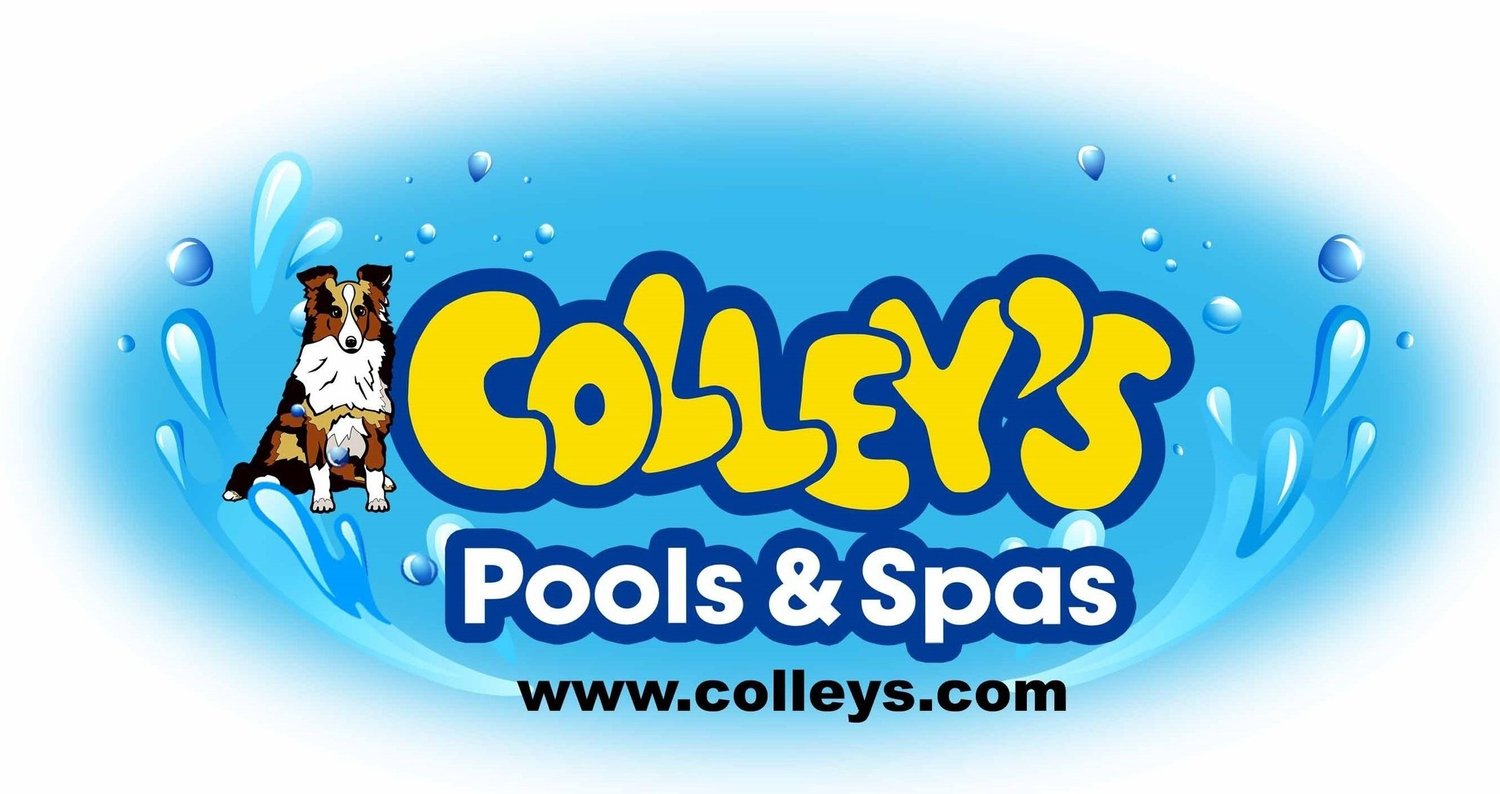If you are on our list for a brand new vinyl pool to be installed, or a new liner to be put into your existing Colley’s pool, this blog is for you! Not only is it one of the most important aspects, but also one that the customer has full control over.
While we do want to make customers aware of the nuances between liner options, we stress that it is 100% the choice of the customer which liner they choose- it is your backyard oasis!
With that in mind here are some things to consider when choosing from one of our high-quality, American-made Craftworks liners.
The Liner Thickness
One of the considerations we notice customers take into account most when choosing their liner, is the thickness of the liner. Our manufacturer, Craftworks, offers 3 options regarding liner thickness. The options differ based upon the liner pattern but can be broken down as follows:
20/20: This means both the walls and the floor of your liner will be 20 millimeters in thickness. This is the thinnest option offered.
27/20: This means the walls of your liner will be 27 millimeters, while the bottom floor of your liner will be 20 millimeters.
27/27: This means both the walls and floor of your liner will be 27 millimeters. This is the thickest option offered.
Sunlight in Your Backyard
Some backyards are subject to rather constant sunlight throughout the pool season if you do not have trees or other structures that may mitigate the amount of sunlight that reaches your pool. Repetitive, direct sunlight can cause fading to your liner’s color as time goes on. In response to this, our manufacturer, Craftworks, offers the “Infinity” style liner.
The, “Infinity” liners offer 20% more UV resistance. Additionally, the, “Infinity” liners are produced with 50% more of top coating.
Pricing
Not all liners that Craftworks manufactures are the same price. There are some styles that they produce that do include an upcharge. Your local Colley’s specialist can walk you through which liners will have an upcharge and what the upcharge may be.
Choosing your liner can be one of the more exciting aspects of your vinyl pool project. Armed with this additional information in mind- you can choose the liner that best suits you!
NOTE: The longevity and condition of the liner varies depending upon many factors such as, how well the customer maintains their pool (balancing chemicals, cleaning regularly, etc), the amount of usage the pool gets as well as the ground water in the yard (ground water can cause the liner to wrinkle or float), etc.

